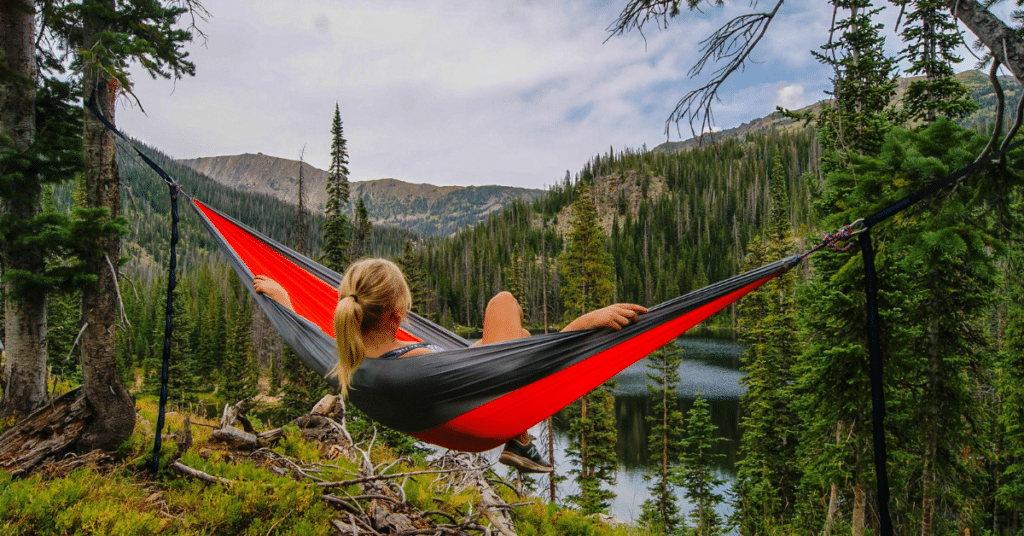10 Simple Tips to Live a More Sustainable Lifestyle
Ready to take on a more sustainable lifestyle? The world is changing and we know that our choices weigh heavily on our planet. Every day we have an opportunity to shift our trajectory and be more conscious of our environment, the climate and other species.
All the permutations of life, like what we eat and how we shop, have an impact. This is why so many of us become paralysed by in decision. How many children do we have? Can we justify several flights a year?
This is why a popular movement has gained traction, which basically focuses on ‘choosing wildness’. A life outdoors has never been more appealing and more of us are looking to find solace in the company of wild animals and plants.
Of course, individual actions matter – it doesn’t matter how small the change is that you make. Doing something is better than nothing. You can even simply start at stepping forward into the conversation.
Every Small Change Counts
This article is for those of us who want to reduce our environmental footprint. Global warming and overpopulation are just a few of the major concerns, leading to species dying out and extreme weather conditions around the world.
Pressing issues evolve and necessitate accountability. Many of us focus on ourselves and what we can do in our immediate circles. We can swap daily tasks and consumer habits to more eco friendly alternatives. In this way, we reduce the negative consequences of our actions on the environment.
To help you on this exciting new journey we’ve laid out 10 ways we can all adjust to a more sustainable lifestyle:

10. Grow Produce
Here’s our first alternative on the path to a more sustainable lifestyle. When you go to the supermarket most of the produce you pick up has been imported from somewhere. This increases the use of fossil fuels through varying means of transportation.
Some imported produce also causes water and air pollution where it’s grown. One way to reduce your dependence on supermarkets is to cultivate a plot and grow your own vegetables. This also saves money and generally has a more positive impact on the environment.
9. Shop Smart
We lived in an age of rampant consumerism. Every product we buy has a toll on the environment and increases the impact of our footprint. The materials used to create these products have often been made through manufacturing processes that emit pollution.
It’s also true that packaging generally finds its way to landfills and incinerators – not to mention all those unwanted products we throw out. If you make the extra effort to recycle or compost a product there’s some upstream damage that its too late to erase.
Before you buy something just make sure it’s either useful or beautiful – something you really need. There are all kinds of benefits of second-hand shopping as well. Seek out those products that are being handed on, or look for anything made from low impact materials with minimal packaging.

8. Go Paperless
It might be a surprise to hear that the production of paper actually has a negative impact on the environment, as well as exacerbating climate change. All kinds of damaging tools are used to remove trees and make the paper.
When paper is disposed of it decomposes and emits carbon dioxide. One way to reduce your paper usage is by switching to online applications. For example, send emails instead of letters and fire up the Kindle. Of course, these are less romantic choices, but the environment may thank you for them.
7. Drive Less
The toll of transport running on fossil fuels is evident in emissions of greenhouse gases. Smog and other air pollution fills the air and eventually contributes to the warming of our planet.
One clear way to ‘drive green’ is to change your habits and reduce your carbon footprint – the key is not driving so much. Walk, bike and carpool where you can. You can also rely on public transport, or bike shares where possible.
There are a few obvious ways to improve your habits. Combine errands and make fewer trips. Introduce car-free days to your life and friends. Ask local officials to invest in charging stations and electric vehicle fleets. The list goes on…

6. Save Water
It’s not something we always think about, but our water usage will become more of a noticeable grievance as we travel through this century. Cutting down on your water usage is a clear way to save money and help the environment.
You might consider installing a barrel in your garden to catch rain and help you water the garden. The less you rely on a tap or hose the better. It might also be possible to reuse water after cooking or cleaning to water plants as well.
5. Simplify Holidays
Lavish holidays are an affectation we’ve picked up in recent times. Week-long birthday fiestas are common. Destination weddings are all the rage. While it’s all good fun these plans can be excessively wasteful as well.
Christmas is one example of a time when waste is disregarded as part of the fun. In North America, 23% more waste is produced in December than in the other months of the year.
Fossil fuels, trees and numerous other natural resources go into the panoply of festive joy that we surround ourselves with. So, one idea is to simplify your holidays, fly less and simply have fun with less stuff.
4. Choose Products Wisely
In the United States it is illegal to import, trade or buy products made from any animal on the endangered species list. Animals or plants that are yet to be listed are still harmed for profit.
Also, some products threaten the habitats of endangered species, like palm oil plantations that remove tropical forests across Asia, Latin America and West Africa.
If you want to turn the tide against the exploitation of wildlife, shop more wisely and only buy products made from sustainable materials, like bamboo. Tackle the illegal wildlife trade by shopping in a more conscientious way.

3. Choose Organic
Organic products, from fruit to clothing, are better for the planet and help to reduce the endangerment of wildlife. Pesticides also pollute the atmosphere and contaminate our food.
If you grow organically you can avoid the usage of pesticides. If you build a wildlife habitat in your garden you can cultivate plants and beneficial insects, reducing the impact of invasive species.
2. Ditch Fast Fashion
Fast fashion is anathema in modern society, but it’s an industry on the march. In 20 years the amount of clothing produced for our global consumption has nearly doubled. Fast fashion is a contributor to the climate crisis and responsible for 10% of global carbon emissions.
Animal-based textiles can also be responsible for water pollution and habitat loss from deforestation. You can slow down your consumption by caring for your clothes more. Repair what you can and pass on anything you no longer want in your wardrobe.

1. Ditch Plastic
Finally, plastic was once thought of as a miracle material that will never biodegrade. Now, 14 million tons of the stuff is dumped in the ocean annually. Plastics makes up 80% of all marine debris.
Thousands of seabirds, turtles and other marine mammals die because they ingest plastic or are tangled up in it. Current estimates also predict that by 2050 there will be plastic in the ocean than fish.
There are many alternative options we can turn to on a road to a more sustainable future. Choose reusable bags, ditch single-use bottles and straws and avoid products with plastic packaging where possible.
Best Articles For A Sustainable Lifestyle
Braasi – Handmade, Sustainable and Stylish Backpacks from Prague
The Best Organic and Sustainable Clothing Brands for Everyone that Wants to Dress Ethically




